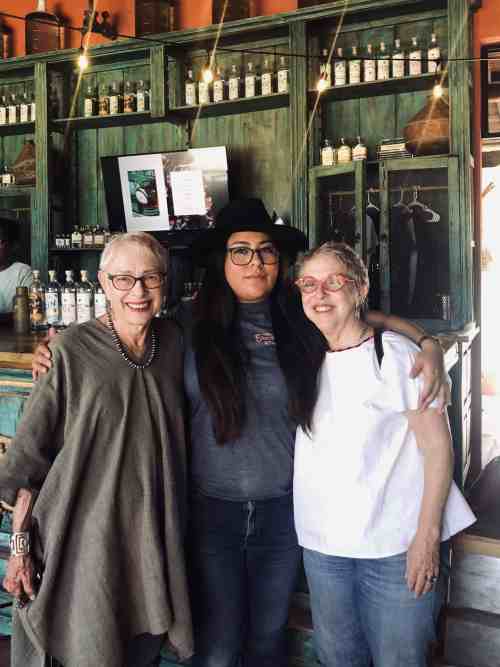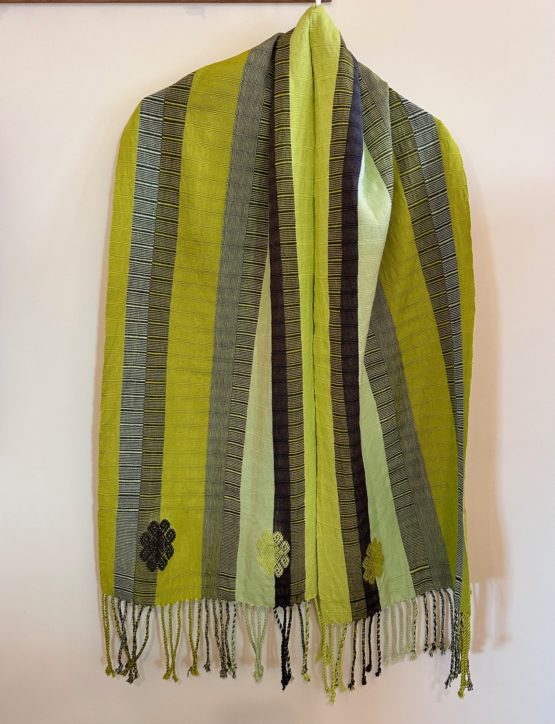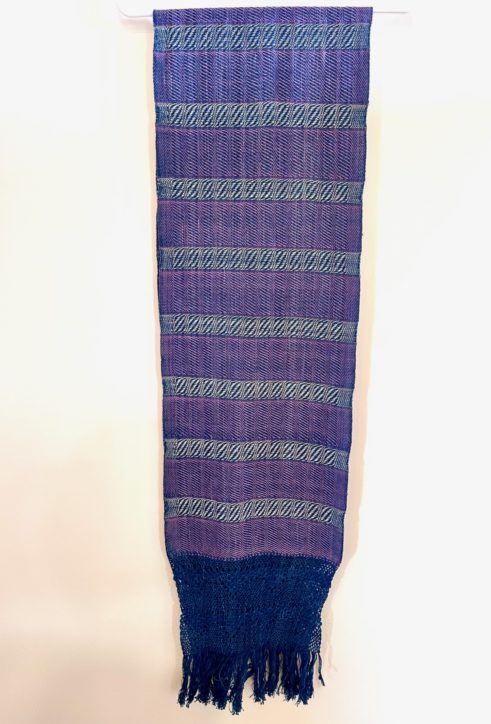Chaco Canyon and Chaco Culture National Historical Park is a remote site operated by the National Park Service in collaboration with the Navajo Nation in the Four Corners Region of New Mexico. The Ancient Puebloans occupied the site from 850 CE to 1250 CE, until a forty-year drought necessitated a gradual migration to the Rio Grande valley where water was more reliable.

The closest lodging is in Bloomfield, NM, about an hour and a half north, although there is camping at the site. Another deterrent, and why there are likely only 60,000 visitors a year here is because 14 miles of the 22 miles off route NM 550 to get there is unpaved. This part of the road is bumpy, winding, filled with pitholes and sinkholes. But, it was definitely worth the zigzagging to get there.


The Ancient Puebloans occupied the three major sites that we visited on this Southwest Road Trip: Mesa Verde, Canyon de Chelly, and Chaco Canyon, plus a fourth site, Casas Grandes, that we did not visit. They built elaborate ceremonial kivas, stone roads that linked these great sites for spiritual journeys, and participated in robust trade of turquoise, shells, pine (piñon) nuts, corn, obsidian, pottery, and woven goods.


This is where we went to view the October 14, 2023, solar eclipse at the crack of dawn.
We returned the next day, not quite as early, to meet up with Gilbert Tsininijinnie, our Diné (pronounced Din-Eh) guide with Navajo Tours USA.

Gilbert shared some of his own personal family history, telling us that he is also part Zia and Jemez, two of New Mexico’s 23 Federally recognized tribes. His Diné (Navajo) antecedents were refugees taken into these two tribes to hide them from being captured and expelled by the U.S. Cavalry. They managed to escape the Long Walk, the expulsion of the Navajo people from their sacred land at Canyon de Chelly. In 1868, when the Navajo were allowed to return to their homeland, Gilbert’s people returned as well.

He was extraordinarily knowledgeable about Chaco Canyon history, explaining the architecture and how the buildings were constructed to line up with the cosmology events of moon and sun cycles that illuminate the niches in the ceremonial kivas.


These people were expert astronomers. At the corners of many buildings, there were observation windows for star gazing. They believed that stars have order and earth is chaotic. The stars gave them a compass to bring order to their lives. The buildings are aligned along solar and lunar axises. Niches in the kiva walls were used for offerings and aligned to be illuminated as the sun moved across the space.


The structures and a myriad of kivas were covered by sand for hundreds of years. Only a small part of it has been excavated. The Navajo Nation has told the National Park Service that they do not want any more of the site to be disturbed. We are able to see two stories of construction, but many of the buildings were four stories high. Today, one to two floors are subterranean.


Chaco Culture National Historical Park is considered to be the most important ancestral homeland for most of New Mexico’s tribal groups.



Here, we saw very early petroglyphs, innovative building techniques from sandstone chipped from the base of nearby cliffs and held together with mud mortar and sandstone shims, and the rubble of giant boulders where Threatening Rock crashed down from the cliffs and crushed 30 rooms at Pueblo Bonito.




Being here after traveling through Monument Valley, Mesa Verde, and Canyon de Chelly gave us a complete, full-circle view of the development of Native America culture, and a deeper respect for the First Peoples who inhabited these lands.



































































